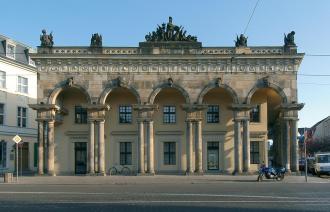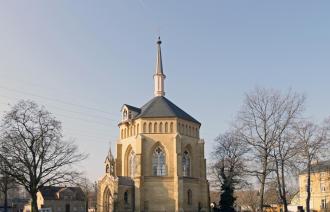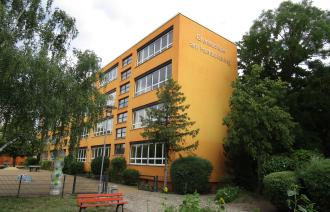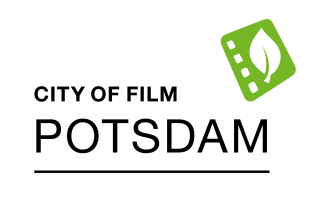Nowawes Weavers' Room (Nowaweser Weberstube)
The small neighborhood museum tells the story of the more than 100-year history of the villages Nowawes and Neuendorf, and the difficult lives of the weavers and spinners who lived there.

Nowaweser Weberstube (© Michael Lüder) Contact
Nowaweser WeberstubeSource: www.potsdam.de
Old Guardhouse (Alte Wache)
The Old Guardhouse (Alte Wache) is located at the corner of Lindenstraße and Charlottenstraße. In the early 18th century, merchants arriving from Werder and Brandenburg an der Havel were inspected here.Source: www.potsdam.de
Old Market (Alter Markt)
Der Alte Markt als Herzstück Potsdams wurde unter Friedrich dem Großen in der Mitte des 18. Jahrhundert in Havelnähe als römischer Platz gestaltet.Source: www.potsdam.de
Old Neuendorf Church (Alte Neuendorfer Kirche)
King Friedrich Wilhelm IV himself initiated the octagonal shape of the elegant small chapel in the oldest part of what is now Babelsberg. The new church was consecrated on January 30, 1853.Source: www.potsdam.de
Orphanage Museum Potsdam (Waisenhausmuseum Potsdam)
The museum shows how orphaned children lived, learned, and worked here from 1724 to 1952. Henriette and Johann, who lived here about 200 years ago, guide visitors through the exhibition as comic characters. Visits are by appointment only.

Waisenhaus-Museum (© Stiftung Großes Waisenhaus zu Potsdam) Source: www.potsdam.de
Overview
The state capital of Potsdam provides children and young people with a well-developed network of schools. Every child is well catered for: First-year students can choose from 23 primary schools, two secondary schools with primary levels, and one school center. Additionally, ten primary schools and the Waldorf School Potsdam offer school places under independent sponsorship.Source: www.potsdam.de
Participation Process for the Realignment of the Cultural Policy Strategy of the State Capital Potsdam
The state capital Potsdam, in cooperation with the Cultural Work program at the Potsdam University of Applied Sciences, is organizing an extensive participation process aimed at developing a new cultural policy strategy for the period from 2025 to 2030.Source: www.potsdam.de
Pfingstberg Hill Belvedere
Frederick William IV had the castle ‘Belvedere’ built on Pfingstberg Hill in accordance with his own designs because of the beautiful view.Source: www.potsdam.de
Politics and Administration
The City Council is the highest decision-making and legislative body, representing the citizens. Among other things, it makes decisions on development plans, regulations, and municipal fees.
The staff in the administration of the City of Potsdam see themselves as service providers for the population, businesses, and visitors of Potsdam.
Source: www.potsdam.de
Potsdam – the first UNESCO Creative City of Film in Germany
On 30 October 2019, Potsdam was designated a UNESCO Creative City of Film and has since been a member city in the UNESCO Creative Cities Network (UCCN). This network includes cities in more than one hundred countries, including a total of 26 film cities. Potsdam is the first UNESCO Creative City of Film in Germany.Source: www.potsdam.de






